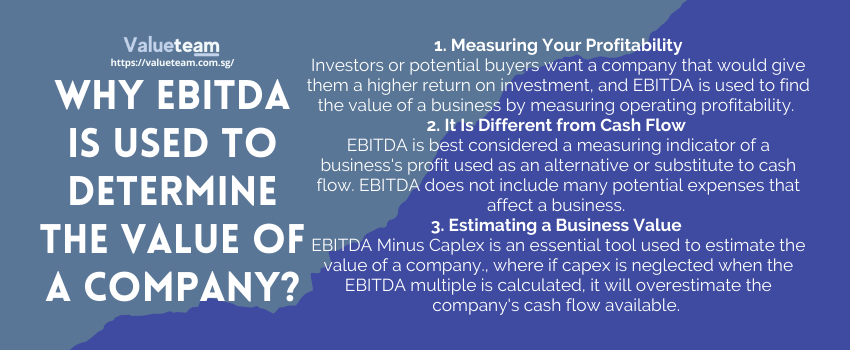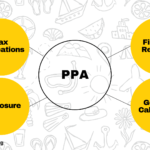When valuing a business or a company, it is important to use all available information to get a complete picture. This post will look at EV to EBIT-based valuation, which uses earnings before interest and taxes to value a company. This can be suitable when looking at companies with negative net income or heavily indebted companies. We will see how this valuation method compares to other methods and discuss some of its pros and cons. Stay tuned!
Quick Contact
Need Help?
Please Feel Free To Contact Us. We Will Get Back To You With 1-2 Business Days.
[email protected]
+65 9730 4250
EV to EBIT Based Valuation

1. What is an excellent EV to EBIT ratio?
The EV to EBIT ratio is a financial metric that compares a company’s enterprise value to its earnings before interest and taxes (EBIT). A high EV to EBIT ratio indicates that a company is overvalued, while a low EV to EBIT ratio indicates that it is undervalued. The EV to EBIT ratio is helpful for investors when analyzing a company’s financial health. This ratio helps investors compare a company’s enterprise value to its earnings before interest and taxes. By doing so, investors can better understand a company’s overall value and potential for future growth because it can help them identify companies that are trading at a discount. As with any financial metric, the EV to EBIT ratio should be used with other ratios and economic analysis to get a complete picture of a company’s valuation. Nevertheless, the EV to EBIT ratio is essential for determining whether a company trades at a fair price.
2. How do you calculate EV to EBIT?
One way to calculate EV to EBIT is by subtracting total debt from enterprise value and dividing the result by earnings before interest and taxes. This will give you a ratio that can be used to compare companies within the same industry. For example, if Company A has an EV to EBIT ratio of 5x and Company B has a ratio of 10x, it would take Company B twice as long to pay off its debt with its current earnings. As a result, Company A would be considered more efficient in this regard. Several other factors can also be considered when comparing EV to EBIT ratios, but this is one of the most common methods.
3. Is High EV to EBIT good?
There is no single argument to whether a high EV to EBIT ratio is good or bad. It depends on various factors, including the industry in which the company operates and the specific circumstances of the company itself. EV, or enterprise value, measures a company valuation, including equity and debt. EBIT measures a company’s profitability. The EV to EBIT ratio compares these two figures. A high EV to EBIT ratio indicates that the market values the company at a higher level than its profitability would suggest. This may be due to strong future growth prospects or unique brand equity. However, a high EV to EBIT ratio can signal the market overvalues the company. It is important to factor all points before making investment decisions or conducting the business valuation.
4. When do you use EV to EBIT in the business valuation?
Using enterprise value to EBIT in valuation is a popular method used by analysts to estimate a company’s fair value. The EV to EBIT metric is also known as the earnings power or fundamental value. The EV to EBIT ratio is calculated by dividing a company’s enterprise value by its trailing twelve-month EBIT. The enterprise value is the market value of the equity plus the net debt. This provides a complete picture of a company’s worth. A more accurate value can be determined by including both equity and debt. The EBIT is the earnings before interest and taxes. The EV to EBIT ratio is a popular valuation metric because it considers a company’s equity and debt. Companies with higher growth rates will also have higher EV to EBIT ratios and hence higher business valuation. The EV to EBIT ratio is also helpful in comparing companies within the same industry. Companies with higher margins will have higher EV to EBIT ratios than companies with lower margins. In other words, we infer that higher margins leads to higher company valuation or business valuation.
Using enterprise value to EBIT in valuation is a popular method used by analysts to estimate a company’s fair value. The EV to EBIT metric is also known as the earnings power or fundamental value. The EV to EBIT ratio is calculated by dividing a company’s enterprise value by its trailing twelve-month EBIT. The enterprise value is the market value of the equity plus the net debt. The EBIT is the earnings before interest and taxes. The EV to EBIT ratio is a popular valuation metric because it considers a company’s equity and debt.
To conclude, The EV to EBIT ratio helps compare companies with different capital structures. Companies with higher leverage will have higher EV to EBIT ratios than companies with lower leverage. Companies with higher growth rates will also have higher EV TO EBIT ratios, hence higher business valuation.




